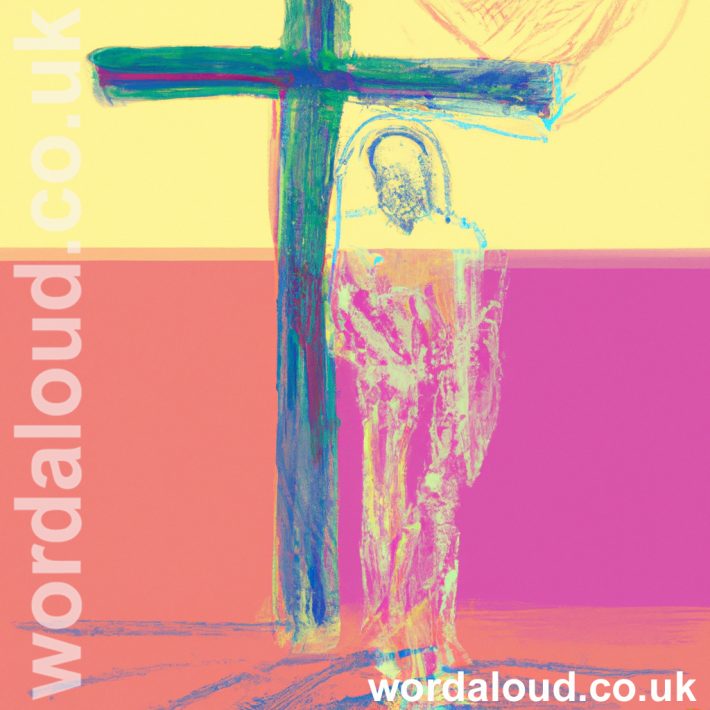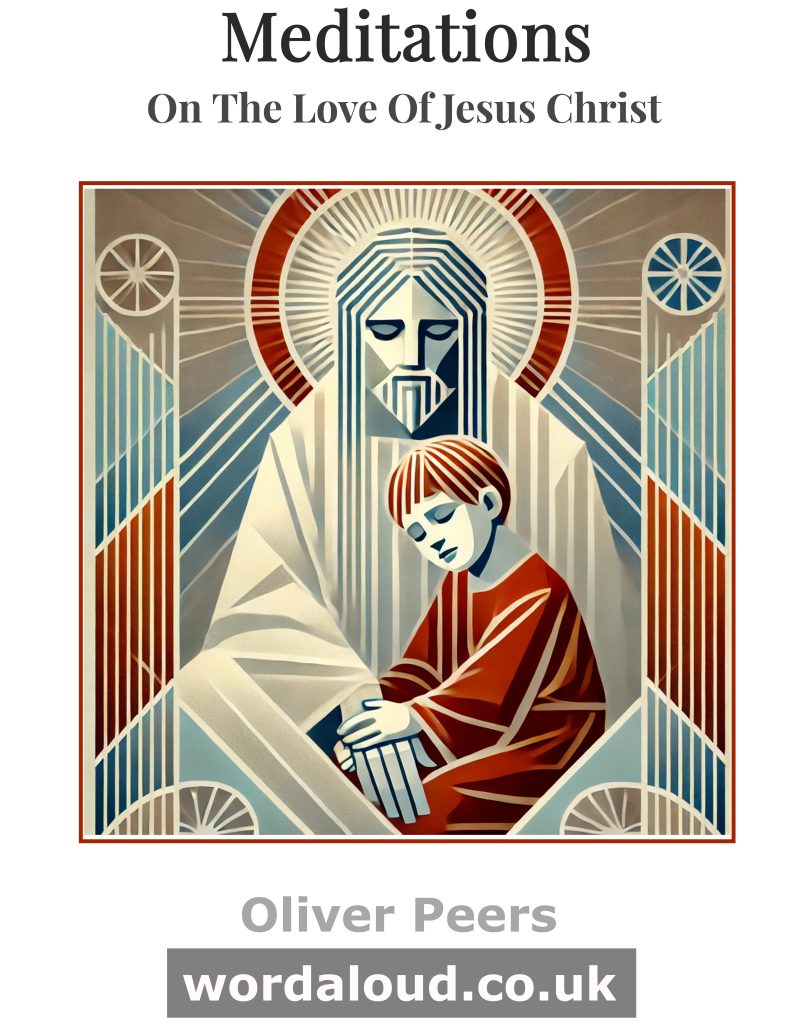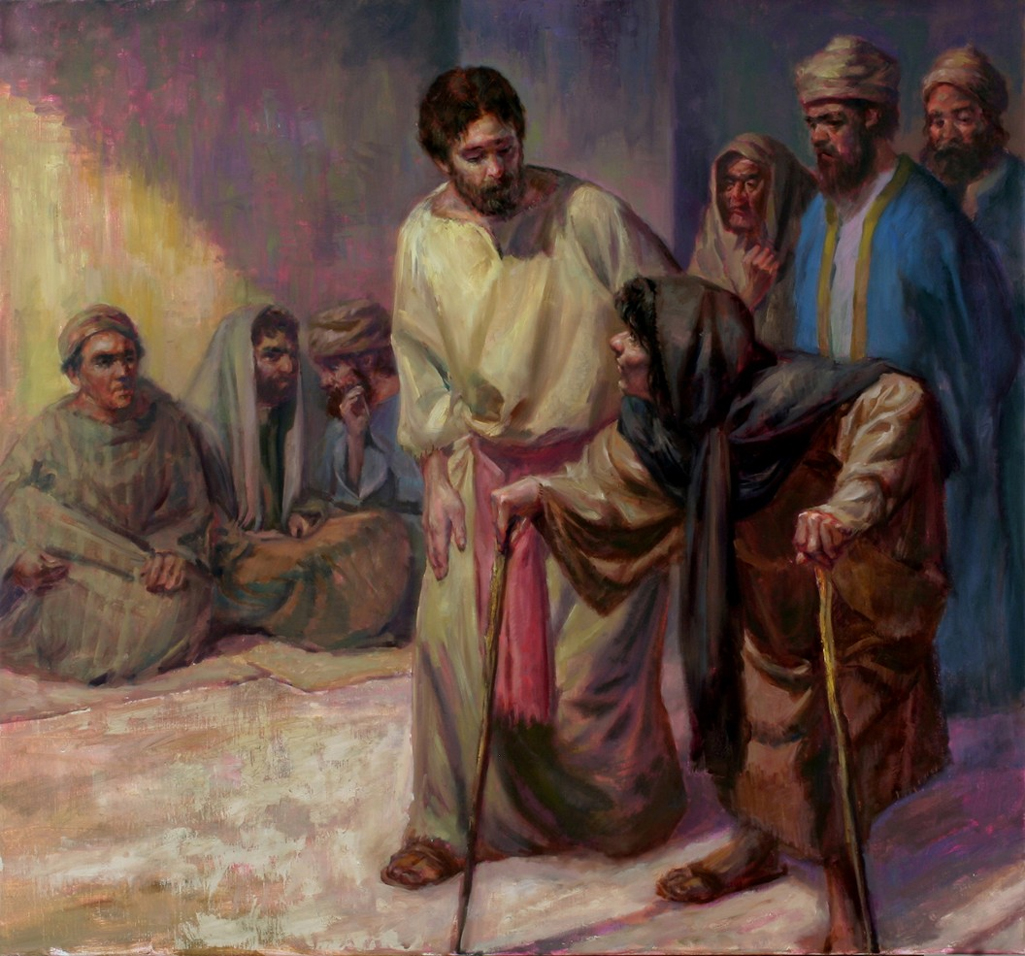Christian Art | George Herbert | Sepulchre | The Church | Sinne (2)
George Herbert | The Temple | The Church | Sinne (2)
O that I could a sinne once see!
We paint the devil foul, yet he
Hath some good in him, all agree.
Sinne is flat opposite to th’ Almighty, seeing
It wants the good of vertue, and of being.
But God more care of us hath had:
If apparitions make us sad,
By sight of sinne we should grow mad.
Yet as in sleep we see foul death, and live:
So devils are our sinnes in perspective.

George Herbert | The Temple | The Church | Sinne (2)
The poem explores the nature of sin, the opposition to God of sin, and the paradoxical ways in which humans perceive evil. Herbert reflects on sin as a force that contrasts with the divine, but also acknowledges that sin has a presence in the world that may hold some form of goodness, suggesting a complexity in its nature. The first stanza raises the idea that while sin is in opposition to God, it may still contain elements that are, at least partially, good, challenging simplistic moral dichotomies.
The second stanza offers a reflection on human perception. Herbert points out that apparitions, which might normally cause fear or sorrow, become less frightening when viewed through the lens of faith or divine care. This mirrors the way humans view sin: although sin is inherently harmful, by seeing it in perspective, through the understanding of God’s greater care and presence, one may avoid the despair it might otherwise inspire.
In the final stanza, the poem introduces a paradox: though sin is destructive, it can be viewed as a necessary part of the human experience, just as death in dreams does not prevent waking life. Herbert suggests that devils are simply manifestations of human sins, much as dreams of death do not bring about actual death. This implies that sin, while present, is not as overpowering or final as it might appear at first glance, and it can be understood as a distortion of a deeper truth or divine order.
The poem examines how humans perceive sin as both a force of destruction and a potential source of moral insight. The poem invites readers to reconsider the simplicity of viewing sin as wholly evil, instead suggesting a more nuanced approach that acknowledges complexity. Reference to sin as a perspective suggests that it is, in part, a construct shaped by human perception, and that through divine intervention or understanding, one can better navigate or reinterpret presence of sin in the world. The poem expresses divine care and the idea that God’s presence transforms how humans experience and understand suffering, sin, and death.
The poet reflects on the idea that what seems to be evil or destructive might, in a larger divine framework, serve a purpose or be rendered less fearsome. The poem is a meditation on the way humans live with the presence of sin, our capacity to perceive sin, and hope that with a proper perspective, we can live with sin without being overwhelmed by its force. This thematic exploration makes the poem a reflection on faith, perception, and divine providence.








